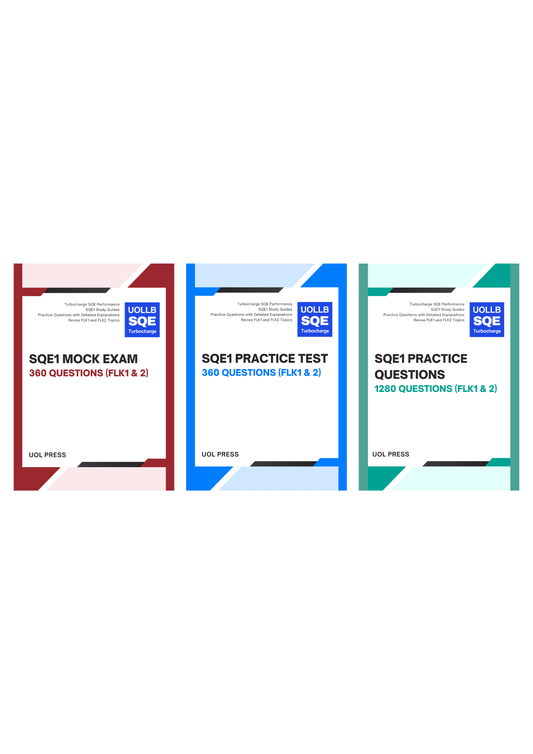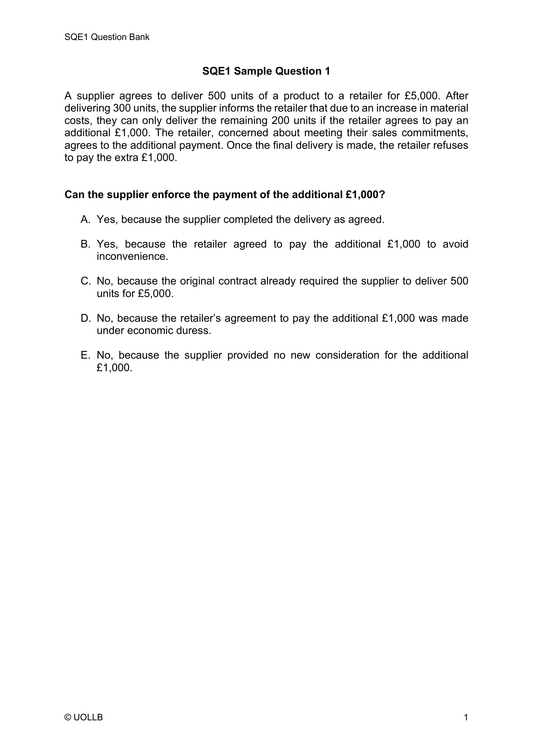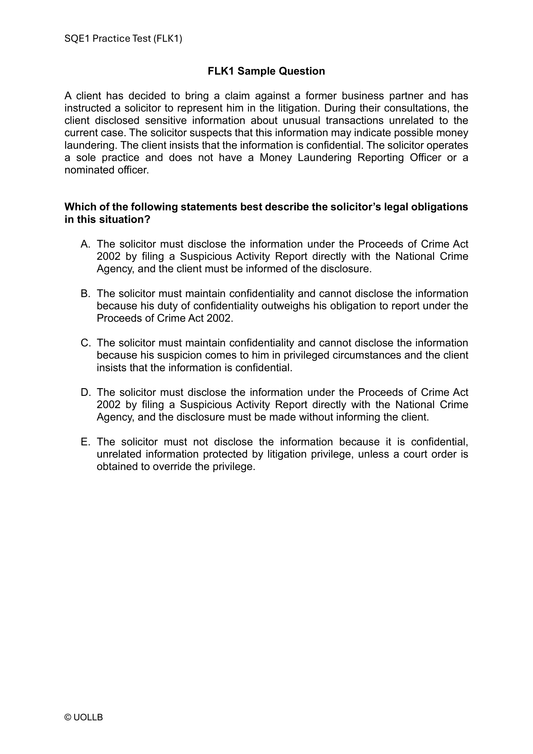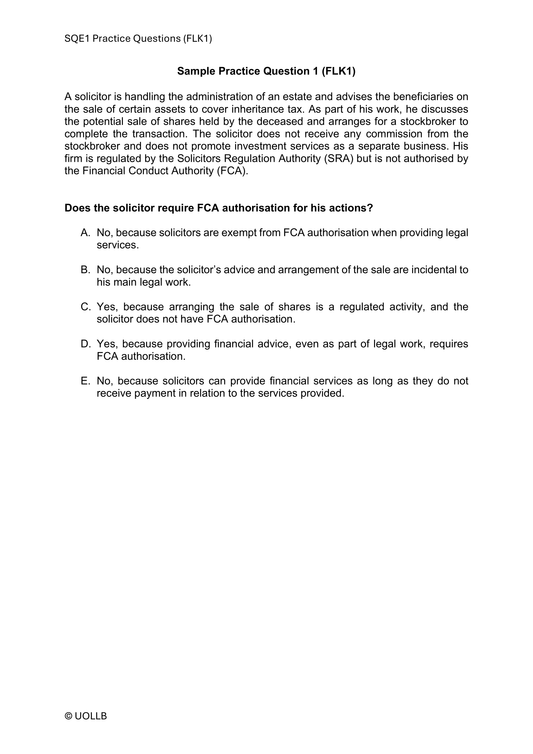Re A (Conjoined Twins) [2001]
Share
Re A (Conjoined Twins) [2001] 2 WLR 480 dealt with the legal and ethical challenges arising from the separation of conjoined twins, Rosie and Gracie Attard, who were born on August 8, 2000, joined at the abdomen. The medical situation was complex, as Gracie was the stronger twin and sustained Rosie's life due to a shared common artery. Separating them posed significant risks, as Gracie had a high chance of survival, but Rosie was certain to die.
Rosie and Gracie were conjoined twins born on August 8, 2000, joined at the abdomen. Gracie, being the stronger twin, sustained Rosie's life through a shared common artery. If surgically separated, Gracie had a 94% chance of survival, but Rosie was guaranteed to die. Leaving them conjoined would result in a fast-deteriorating life expectancy, estimated at around six months.
At first instance, Mr Justice Johnson was faced with the challenge of deciding the case without direct precedents to guide him. He drew primarily on the precedent in Airedale NHS Trust v Bland, a case where the removal of life support had been deemed acceptable. Johnson concluded that the separation of the conjoined twins would not amount to murder. Instead, he characterised it as a form of passive euthanasia, involving the withdrawal of food and hydration.
The Court of Appeal upheld the decision but provided different legal reasoning. Lord Justice Alan Ward invoked the concept of self-defence, suggesting that if Gracie could speak, she might protest against Rosie endangering her life. Lord Justice Brooke relied on the legal principle of necessity as a defence, referencing R v Dudley and Stephens. Lord Justice Robert Walker focused on the morally understandable intention of the surgeons and the consensus within the medical profession, concluding that the surgery could proceed.
The 20-hour-long operation to separate the twins occurred on November 7, 2000. Gracie survived the operation, but Rosie died as expected. Gracie, at the age of 14 in 2014, was reported to be living a reasonably normal life, with a younger sister, and considering a future career as a physician.
The case established that, in certain circumstances, it would be lawful to conduct surgery against the wishes of the parents. The parents' faith was not considered an overriding factor in the decision-making process. Different judges provided varying legal reasoning, including self-defence, necessity, and the moral intentions of the medical professionals.
The case illustrates the intricate balance between medical, legal, and ethical considerations in decisions involving the separation of conjoined twins, with the court ultimately permitting the surgery for the greater chance of one twin's survival.


























































